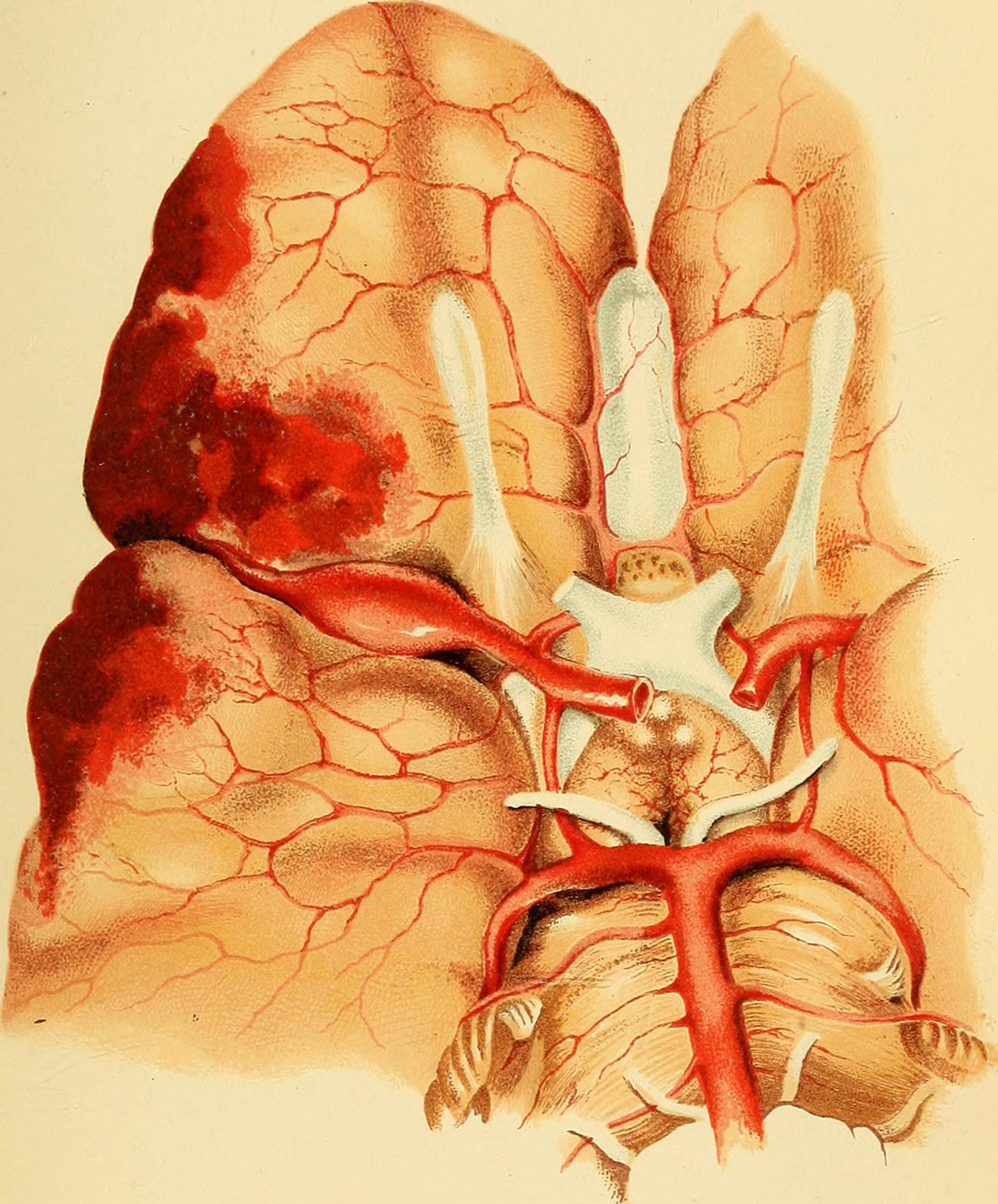
Grand mal seizures (also know as tonic-clonic seizures) represent one variation of epilepsy. They lead to loss of consciousness and violent and uncontrollable muscle contractions. The tonic phase of the attack features with loss of consciousness and muscle contraction both of which lead to a fall. The second phase is the clonic phase during which patient's muscles contract and relax rapidly. These contractions are known as convulsions. The tonic phase lasts approximately 10-20 seconds while the clonic phase usually does not exceed two minutes.
Symptoms of Grand Mal Seizures
As it has already been mentioned grand mal seizures go through two phases, the tonic phase and the clonic phase. This is characteristic for every attack and it occurs in all patients suffering from this type of epilepsy.
There are several more symptoms an designs that occur in some, but not all the patients. For example, a person may experience a so called aura. The aura represents a warning feeling of the following attack. The aura differs from patient to patient and while some people experience numbness of certain body parts others may feel a strong smell or unexplained and sudden dread.
Furthermore, it is not unusual if a person suffering from this type of epilepsy cries out at the beginning of an epileptic attack. Some patients may temporary lose bowel and bladder control. Additionally, there may be unresponsiveness after the attack and unconsciousness may linger for several minutes. Many patients suffering from grand mal seizures are confused and tired after the attack. And finally, in some cases patients complain about headache after the attack.
What Causes Grand Mal Seizures?
Grand mal seizures develop as a result of abnormal electrical activity in the brain. Normally electrical signals spread from nerve to nerve and once the transmission becomes excessive and one part of the brain starts producing numerous electrical signals they can cause excitation of many neurons and induce an epileptic attack.
The onset of grand mal seizures can be connected with head trauma and injury. Furthermore, such seizures may also affect people who have had stroke or are suffering from brain tumors. However, in some people there is no previous structural damage to the brain but they still suffer from epilepsy. The condition and the attacks are also associated with malfunctioning of brain blood vessels and some genetic disorders.
In spite of treatment that can reduce the recurrence of the attacks there is no permanent cure for grand mal seizures particularly if they are caused by structural damage to the brain.


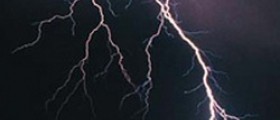




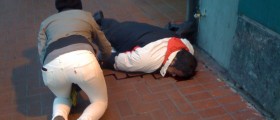
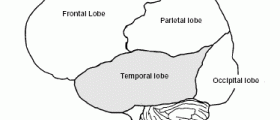
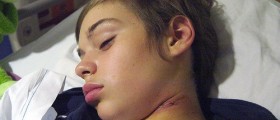


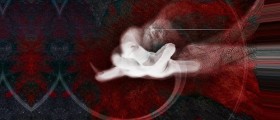
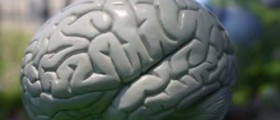



Your thoughts on this
Loading...